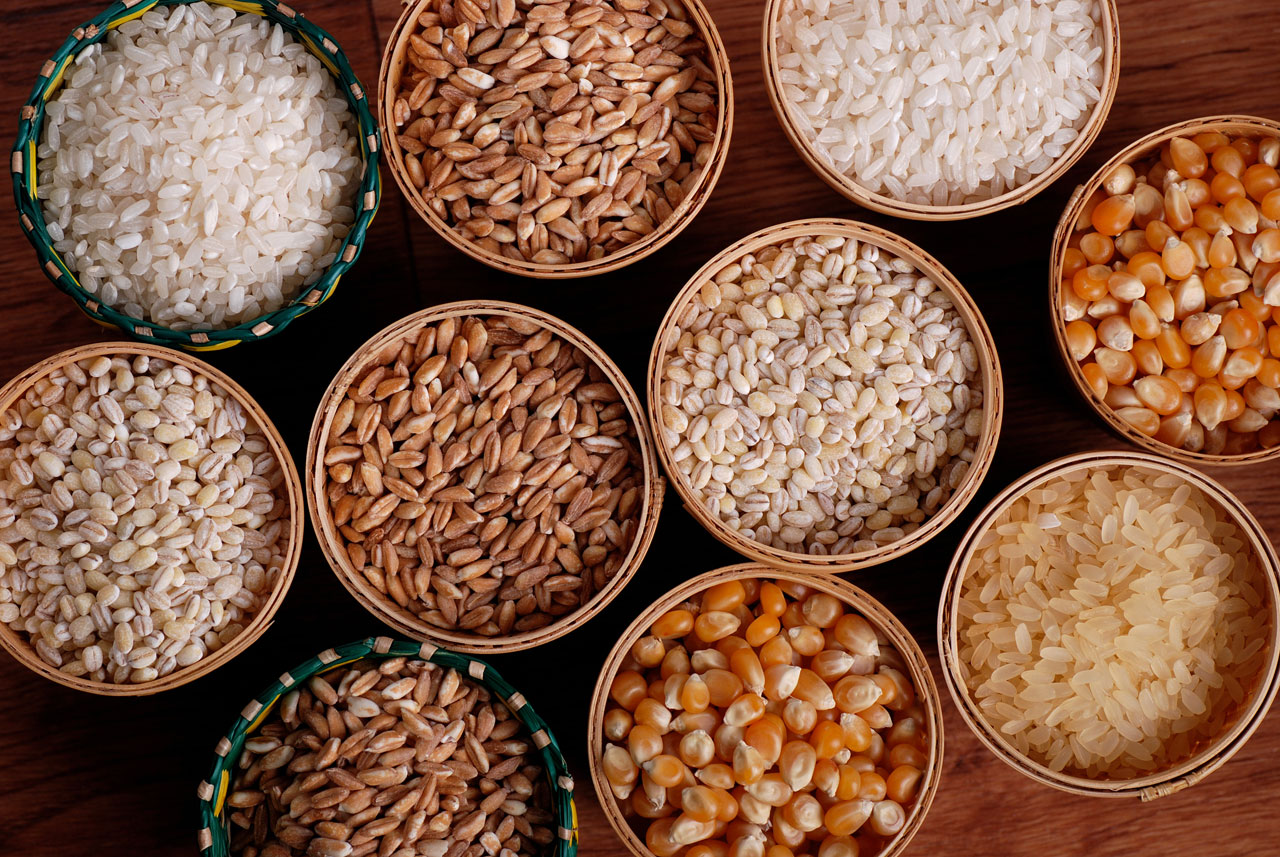“From the fullness of His grace we have all received one blessing after another” John 1:16. The Lord blesses us in so many amazing and marvelous ways. It seems to me that when we pray before a meal and ask the Lord to bless the food to nourish our bodies that we should do our part by making healthful food choices.
According to research, most Americans eat enough total grains, but mostly refined grains instead of whole grains. Current USDA Dietary Guidelines recommend that at least half of the recommended grains eaten should be whole grains.
Choosing more whole grains is a healthful choice. Whole grains are a source of iron, magnesium, selenium, B vitamins and dietary fiber. There is moderate evidence that whole grain intake may reduce the risk of cardiovascular disease, and is associated with a lower body weight. There is limited evidence showing that consuming whole grains is associated with a reduced incidence of type 2 diabetes.
Whole grains include all of the grain seed, which consists of the bran, germ and endosperm. The bran is the protective outer layer of the grain and it supplies B vitamins, trace minerals, antioxidants and dietary fiber. The endosperm is the inner part of the grain. It contains carbohydrate and protein and small amounts of vitamins and minerals. The germ sprouts to generate a new plant and supplies B vitamins, vitamin E, trace minerals, essential fats and antioxidants. Whole grains can be eaten as a single food like brown rice or as an ingredient in food like rolled oats in oatmeal or whole wheat in whole wheat bread.
An easy way to increase the variety and amount of whole grains is to regularly replace some refined grains with less commonly eaten whole grains. Try a different whole grain every week that you do not eat normally. Below are a few whole grains to try:
• Brown rice is flavorful and has a nice texture. It takes longer to cook than white rice, but parboiled quick-cooking brown rice is available, and cooks much quicker. Brown rice can be served by itself or added to soups, pilafs or casseroles. Simply switching from refined white rice to brown rice is a very easy way to enjoy a whole grain.
• Bulgur is whole wheat kernels that are boiled, dried and cracked. It has a variety of textures ranging from fine to coarse. Since it is precooked and then dried, it cooks quickly like pasta. Bulgur is often served in tabouli and is also great in pilaf.
• Millet is a small grain with a mild flavor. It is cooks into a soft texture and can be served as a cereal, added to soups, pilafs or casseroles.
• Spelt has a mellow nutty flavor. It can be substituted for wheat in baked goods.
• Teff is a tiny grain available in red, brown and white. It can be cooked as porridge, used to thicken soups and stews or added to baked goods.




